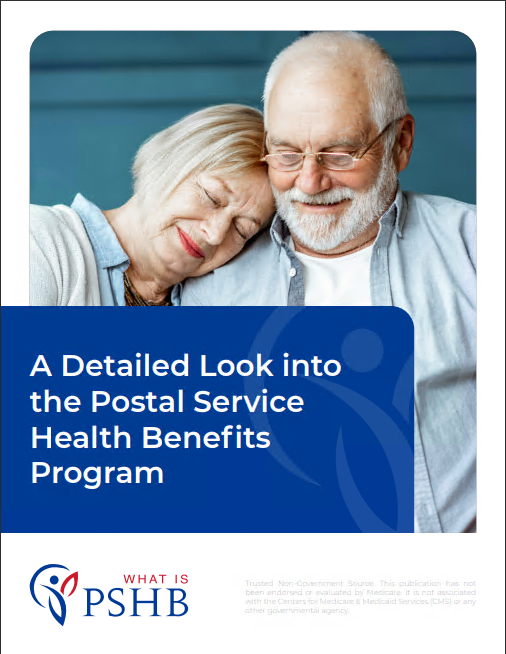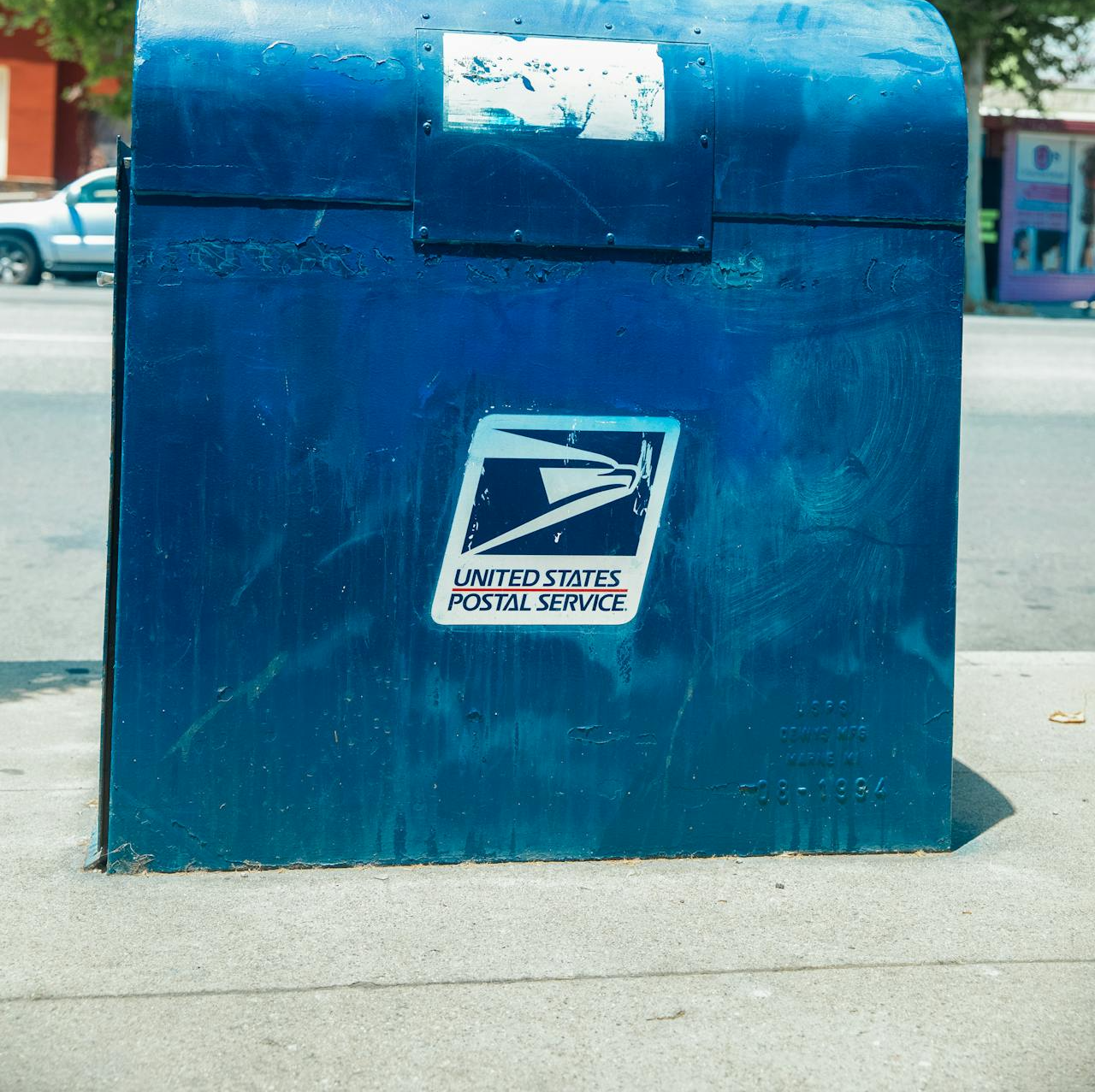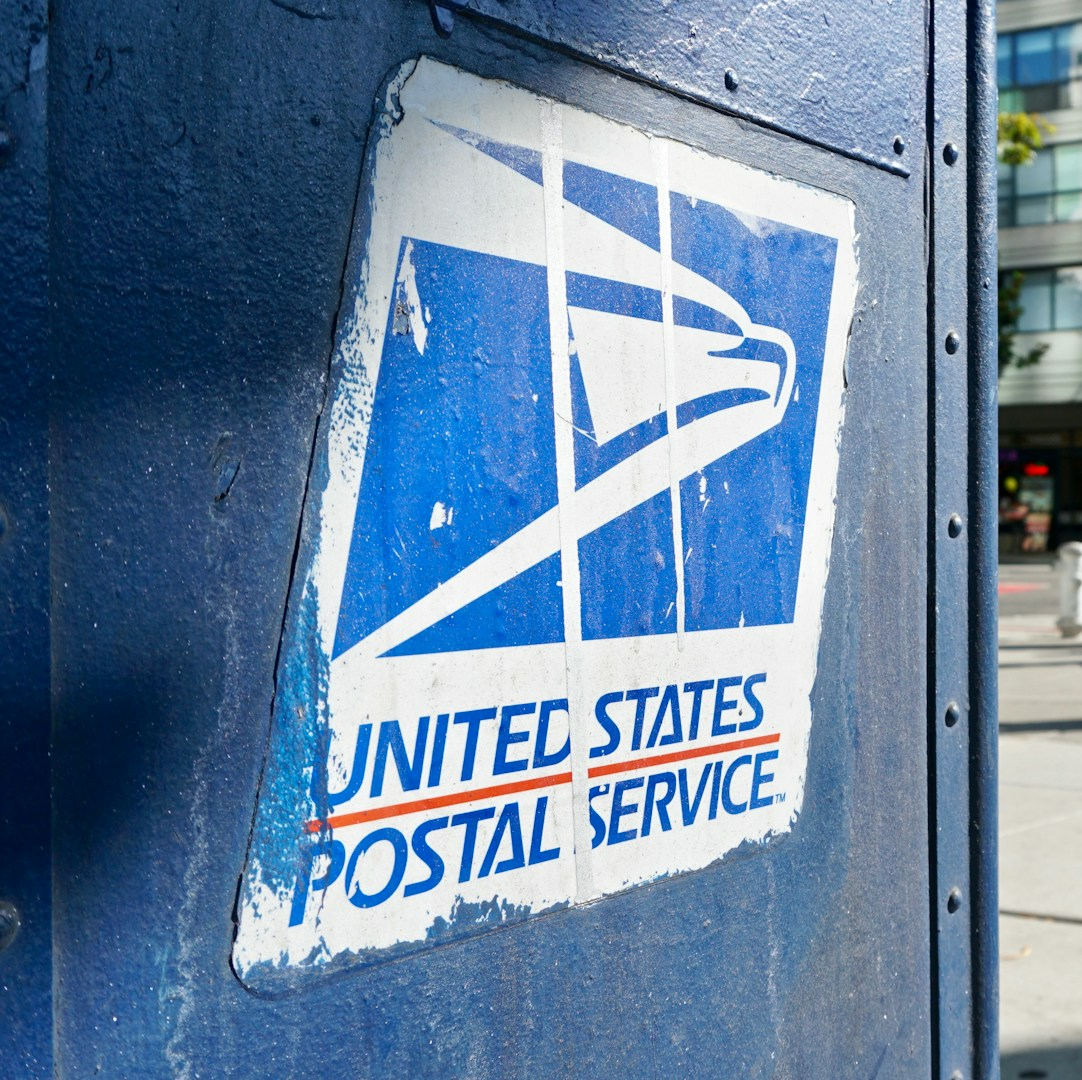Key Takeaways:
-
Understanding the changes in the Postal Service Health Benefits (PSHB) program for 2025 is essential to managing your healthcare costs effectively.
-
Familiarizing yourself with premiums, deductibles, and available care options ensures you can make informed decisions during the upcoming enrollment period.
Why the PSHB Program Matters to You
If you’re a postal employee, retiree, or family member, the transition to the Postal Service Health Benefits (PSHB) program in 2025 is a significant change to navigate. This new system replaces the Federal Employees Health Benefits (FEHB) program for USPS workers, and it’s tailored specifically to your needs. The program aims to address unique postal worker needs while ensuring comprehensive health coverage. Whether you’re reviewing premium changes, understanding Medicare integration, or evaluating your deductible, taking the time to learn about the PSHB program is critical. Understanding the available options now can help you avoid unexpected costs or gaps in coverage later.
The PSHB program also offers an opportunity to rethink how you approach healthcare. Whether you’re concerned about preventive services, chronic condition management, or family coverage, this program aims to provide flexibility and accessibility. You’ll want to stay informed and use this transitional period to explore your benefits fully.
Premiums: What You Can Expect
Who Pays What?
The PSHB program, like its predecessor, bases premium costs on several factors, including the type of plan and coverage you select. If you’re an active employee, the USPS contributes a significant portion of your premium, leaving you responsible for the remainder through payroll deductions. This structure allows USPS employees to benefit from government subsidies while accessing robust healthcare plans.
For retirees, the contribution structure shifts, with many coordinating their PSHB coverage with Medicare to manage costs. It’s important to review your premium obligations annually, as plan rates and employer contributions may change. Understanding this balance ensures you’re not caught off guard when your first paycheck of 2025 reflects any updates to your premiums.
Medicare Integration and Premiums
If you or your covered family members are Medicare-eligible, you’ll need to enroll in Medicare Part B to maintain your PSHB coverage unless you’re exempt. This integration helps reduce overall costs but adds another premium to consider. However, for those who are retired or nearing retirement, Medicare’s integration can simplify and reduce healthcare expenses over time. The good news? Medicare enrollment can offset higher out-of-pocket expenses for hospital and medical services. For example, while Medicare may handle most outpatient services, your PSHB coverage could fill in gaps, covering items like prescription drugs or specialized therapies.
Deductibles: Breaking It Down
What Is a Deductible?
A deductible is the amount you pay out of pocket before your insurance kicks in to cover costs. For 2025, deductibles under the PSHB program will vary by plan, so it’s essential to review your options during Open Season to choose one that aligns with your budget and healthcare needs. Deductibles can range widely based on the plan, and understanding these variations will help you predict your annual healthcare spending.
Tips for Managing Your Deductible
Understanding how deductibles interact with premiums and other out-of-pocket costs is key. If you expect frequent healthcare visits or have ongoing medical needs, opting for a plan with a higher premium but a lower deductible might save you money in the long run. On the other hand, if your healthcare needs are minimal, a high-deductible plan could work better for you.
You can also set aside funds in a Health Savings Account (HSA) or Flexible Spending Account (FSA), if eligible. These accounts allow you to use pre-tax dollars for qualifying medical expenses, effectively reducing the burden of out-of-pocket costs. Additionally, staying proactive about preventive care services, which are often covered before the deductible applies, can help you save.
Care Options Under PSHB
A Broad Network of Providers
One of the benefits of the PSHB program is its extensive provider network, giving you access to a wide range of doctors, specialists, and facilities. Whether you’re seeking preventive care or managing chronic conditions, there’s a plan to suit your healthcare needs. This expansive network ensures that no matter where you live or work, you can find qualified medical professionals and services.
Coordinating Care with Medicare
For Medicare-eligible participants, coordination of benefits ensures that your care is seamless and costs are minimized. Medicare acts as the primary payer, with PSHB covering secondary costs. This dual coverage can significantly reduce your out-of-pocket expenses, especially for hospital stays and specialist visits. For instance, Medicare Part B might cover a majority of your outpatient procedures, while your PSHB plan addresses remaining expenses like copays or coinsurance.
Open Season: Your Opportunity to Choose
When Is Open Season?
The PSHB Open Season runs from November 11 to December 9, 2024. This is your window to evaluate plans, make changes, or enroll if you’re not currently covered. Any decisions you make will take effect starting January 1, 2025. Missing this enrollment period could mean waiting until the next Open Season or experiencing gaps in coverage.
How to Prepare
-
Review Your Current Coverage: Compare it against PSHB options to determine if it’s still the best fit. Consider changes in your family situation, medical needs, or financial circumstances.
-
Assess Your Healthcare Needs: Consider anticipated medical visits, prescriptions, and any planned procedures. Take note of any changes to your health or new diagnoses that may require ongoing care.
-
Use Plan Comparison Tools: Many resources are available to help you weigh costs and benefits across different plans. These tools provide side-by-side comparisons of premiums, deductibles, and out-of-pocket limits to help you make informed decisions.
Key Cost Considerations
Premiums vs. Out-of-Pocket Costs
Balancing premiums, deductibles, and out-of-pocket maximums is a juggling act. A lower premium plan may seem appealing, but if it comes with high deductibles and limited coverage, it could cost you more in the long run. Evaluate the total cost of care, not just the monthly premium. This holistic approach can help you avoid surprises during a hospital visit or when filling prescriptions.
Prescription Drug Costs
With the introduction of a $2,000 cap on out-of-pocket drug costs in Medicare Part D for 2025, your prescription expenses may look different. If your PSHB plan includes prescription drug coverage, ensure it aligns with your needs and the new Medicare rules. For those with regular or high-cost prescriptions, understanding your plan’s drug formulary is crucial.
The Role of Medicare Part B
Enrollment Requirements
If you’re retiring on or after January 1, 2025, and are eligible for Medicare, enrolling in Part B is mandatory to retain your PSHB coverage. The standard monthly premium for Part B in 2025 will be $185, with higher-income beneficiaries paying more based on income brackets. If you’re unsure about your eligibility or the enrollment process, consulting with a benefits counselor or Medicare representative can help.
Coordination with PSHB Plans
Medicare Part B’s integration with PSHB plans means you’ll likely see reduced costs for doctor visits, outpatient care, and preventive services. For many, this coordination simplifies healthcare management and limits financial surprises. Knowing how these two systems work together ensures you’re fully maximizing your coverage and reducing costs.
Common Questions About PSHB
How Do I Enroll?
If you’re already covered under FEHB, your enrollment will transition automatically to a comparable PSHB plan. However, it’s still a good idea to review your options during Open Season to ensure the plan meets your needs. Pay attention to any communications from USPS or the Office of Personnel Management (OPM) outlining these changes.
What Happens If I Don’t Enroll in Medicare Part B?
Failing to enroll in Part B when required can lead to penalties and loss of PSHB coverage. Exceptions apply to those who retired on or before January 1, 2025, and aren’t already enrolled in Part B. Understanding these rules ensures you avoid any unintended gaps in your healthcare.
Preparing for the Transition
Key Deadlines to Keep in Mind
-
November 11 – December 9, 2024: Open Season for PSHB.
-
January 1, 2025: Coverage begins under the PSHB program.
Staying Informed
USPS and the Office of Personnel Management (OPM) provide detailed resources to help you navigate the transition. Take advantage of these tools to ensure you’re well-prepared. Staying informed will help you approach 2025 with confidence, knowing your healthcare choices are optimal.
Navigating Your Healthcare Choices in 2025
Understanding your options under the PSHB program is crucial for managing costs and ensuring access to quality care. By taking the time to review premiums, deductibles, and plan offerings, you can make informed decisions that best meet your healthcare needs.











